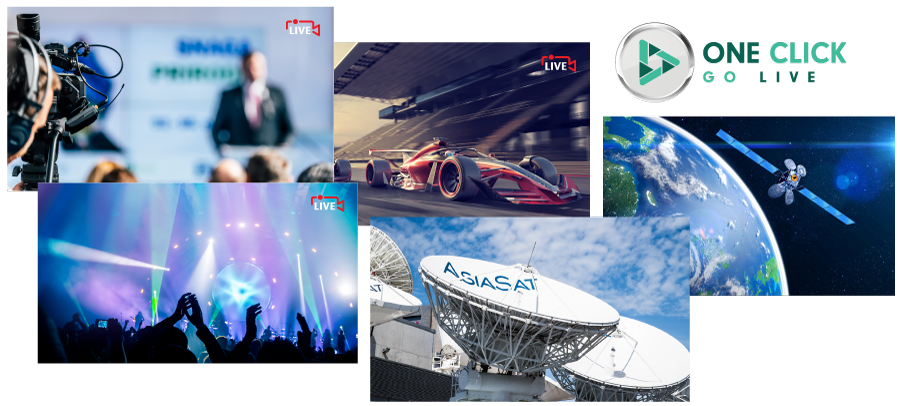EVOLVING CONSUMER TRENDS DRIVING THE SYNERGY OF BROADCASTING AND STREAMING SERVICES
The Asia-Pacific, which has more than half of the world’s population, is characterised by its great diversity in economic development and demographic outlook across countries, or even within regions of the same country. This diversity and heterogeneity is a source of dynamism, and yet it presents a challenging landscape for satellite operators and broadcasters to navigate.
Adapting to changing consumer behaviour
Satellite broadcasting, being a one-to-many transmission system, is widely regarded as the most efficient content delivery method for services over a large region. However, this tried-and-true method comes with certain limitations on customisation, despite multiple attempts at enhancing ground technology. In parallel, the evolving urban consumers of today, with their busy social calendars, continue to demand for more flexibility and personalisation. As a result, broadcasters turn to the latest evolution of the Internet, mobile networks and devices to provide alternate platforms to address consumer needs. In their pursuit for more profits, they tend to focus on the needs of high average revenue per user (ARPU) customers in developed markets rather than the general populace.
Audience shift driven by streaming media
Despite Netflix’s growing clout in highly developed markets, only 14% of its 214 m paid subscribers hail from the Asia-Pacific region. Nevertheless, its early success has put incumbent broadcasters everywhere on the defensive and anxious for change in order to stay relevant in an increasingly OTT world. This divergent market trend has driven some global content providers to branch off from linear TV to a direct-to-customer model even at the risk of harming their existing subscriber base.
Satellite broadcast stays strong with advances in technology
AsiaSat believes that the traditional distribution method via cable or satellite remains the most effective means of content delivery. With the adoption of evolving digital satellite transmission standards, compression technologies and practices, cost barriers have significantly reduced for more efficient broadcasting. For example, a typical 36 MHz C-band transponder can deliver three 30Mbps UHD feeds at this year’s Tokyo Olympics, compared to only four 17Mbps HD feeds at the last Rio Olympics, which represents an increase in capacity of more than 32%. The key challenge for linear TV is fierce competition from streaming video, particularly in regions with very good terrestrial Internet connectivity. These new streaming services have enabled users to enjoy greater flexibility in accessing various types of content. However, in times of a sudden surge in data traffic such as during Covid lockdown periods, terrestrial networks have experienced transmission hiccups, and research has claimed that subscriber growth will be stunted by bandwidth limitations.
Thus, for premium live content with millions of viewers, satellite broadcasting will always remain the most reliable and cost effective “macro-level” solution in the years to come.
Ongoing transformation is key to remaining relevant
With rapid adoption of video streaming, the continued expansion of terrestrial networks and the deployment of 5G networks, consumers in advanced developed markets will continue to shift from linear television to video streaming. The ability to capture customer usage data, enhance revenues and customer stickiness, combined with the rollout of innovative terminals enabling small-to mid-scale micro events to become commercially viable have created market momentum that will continue to boost demand for more streaming services.
Looking ahead, satellite operators must strive to address both macro and micro customer needs through continual updates of its offerings and selecting the right mix of technology and networks to meet customers’ service expectations. While we take the view that there is no better way to serve the macro market than through satellites, the specific needs of the micro segments and divergent consumer behaviours are factors that cannot be ignored.

by Roger Tong
Chief Executive Officer, AsiaSat
For more than 30 years, ASIASAT has been providing reliable satellite connectivity, media and data solutions to customers through its best-in-class satellite fleet and ground infrastructure. From content distribution to TV platforms and telcos; OU; to One Click Go Live streaming service; IP-based, hybrid OTT service; hosting services; VSAT solutions serving maritime, aviation and mobile backhaul, AsiaSat helps bridge the digital divide, aiming to be the foremost satellite solutions provider in the Asia-Pacific.
Click here to read the article
Source: https://avia.org/ (The Asia Video Industry Report 2022)
